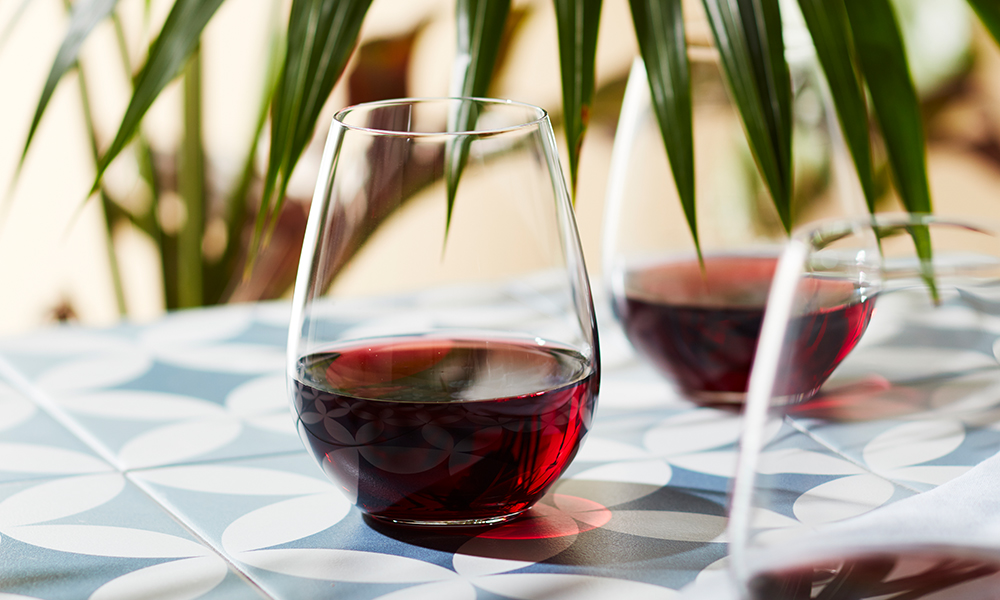- The Grape
The New Wine Varieties You Need To Know About
Read Time 3 Minutes
Posted 31 Aug 2022
By Vintage Cellars
The Australian wine landscape offers much more than the classics. Here’s why fiano, tempranillo, nero d’Avola and vermentino are wines to watch.
Recently, Australian winemakers have started to experiment with so-called “alternative” wine varieties — particularly those grapes that hail from Italy and Spain. Our diverse climate, varying geography and ability to plant what we want, where we want with few limitations, has allowed Australian vignerons to take interesting grapes from the rest of the world and innovate at home. Here are four wine varieties you should get to know.


Try Fiano if you love a charismatic white wine
This Italian white grape has found a natural home in McLaren Vale thanks to its hardiness. Fiano is capable of withstanding high heat and near-drought conditions due to its origins in the warm coastal regions of southern Italy and the island of Sicily. The fiano grape has also been planted across other parts of the country, from the Granite Belt to Margaret River and Victoria’s King Valley.
So what is fiano wine? Typically either light and fresh or full-bodied, fiano wine tastes of pear and citrus and has a rich mouthfeel. Depending on growing conditions, it can range from a clean, mineral style to an aromatic, honey and stonefruit version. As for a fiano wine food pairing, its natural acidity and solid structure makes fiano an excellent choice for spicy Asian dishes, seafood and creamy pasta dishes, but sips well solo, too.
Tempranillo is pinot noir’s cool cousin
Tempranillo is a Spanish variety that is a master of adaptation. Thanks to its ability to withstand drought, tempranillo is a popular choice in Australia as it ripens earlier in the season, avoiding the more extreme weather and hence forgoing the excess sugar and higher alcohol of other reds.
Now found everywhere from Margaret River to McLaren Vale, tempranillo red wine is a fresh, aromatic style that has got the berry fruitiness of a pinot noir with a mid-weight body and a bit more tannin in the mid-palate. Unsurprisingly, tempranillo wine makes a perfect match for Spanish-style tapas flavours — think hunks of Manchego cheese, spicy chorizo, salty jamon and briny olives.
Our tempranillo wine picks: Campo Viejo Tempranillo, Running With Bulls Tempranillo
Choose nero d’Avola to balance your spicy favourites
Hailing from beautiful Sicily, nero d’Avola is a medium-bodied red that has been embraced by warm-climate Australian vineyards. It’s a hardy vine that thrives in dry, arid climates, making it perfectly suited for McLaren Vale and similarly hot wine regions.
Nero d’Avola has a generous bouquet of red fruits, florals and spice with some earthy meatiness to round it out. It is succulent on the palate, boasting juicy red fruits again with some eastern spices and dried herbs, finishing with a delicious savouriness and some crunchy acidity. Nero d’Avola wine packs a surprising punch for a wine of a lighter style, able to hold its own against the spicy cuisines of India and Schezuan, and counters rich Mediterranean foods like seared tuna, olives, and capers.
The white wine vermentino tastes like an island holiday
Found in Liguria and the islands of Corsica and Sardinia, the vermentino grape produces a pleasingly dry white that’s perfect for Australian summers — both in the growing and the drinking. Here, it is produced most notably in the King Valley, Margaret River, and the Murray-Darling region in south-eastern Australia.
The simple, fresh flavours of vermentino wine include green apple, almond, lime and peaches with a slight brininess. As for a vermentino wine pairing, foods such as baked white fish, pasta with pesto, and salads work well. Vermentino is especially excellent with a Mediterranean feast of seafood and grilled vegetables.
Innovative Australian winemakers are pushing us to travel with our tastebuds. Our unique geography and terroir place the native grapes of Italy and Spain at our doorsteps, and we can’t wait to pour a glass.
- The Grape
- View More Posts The Grape







